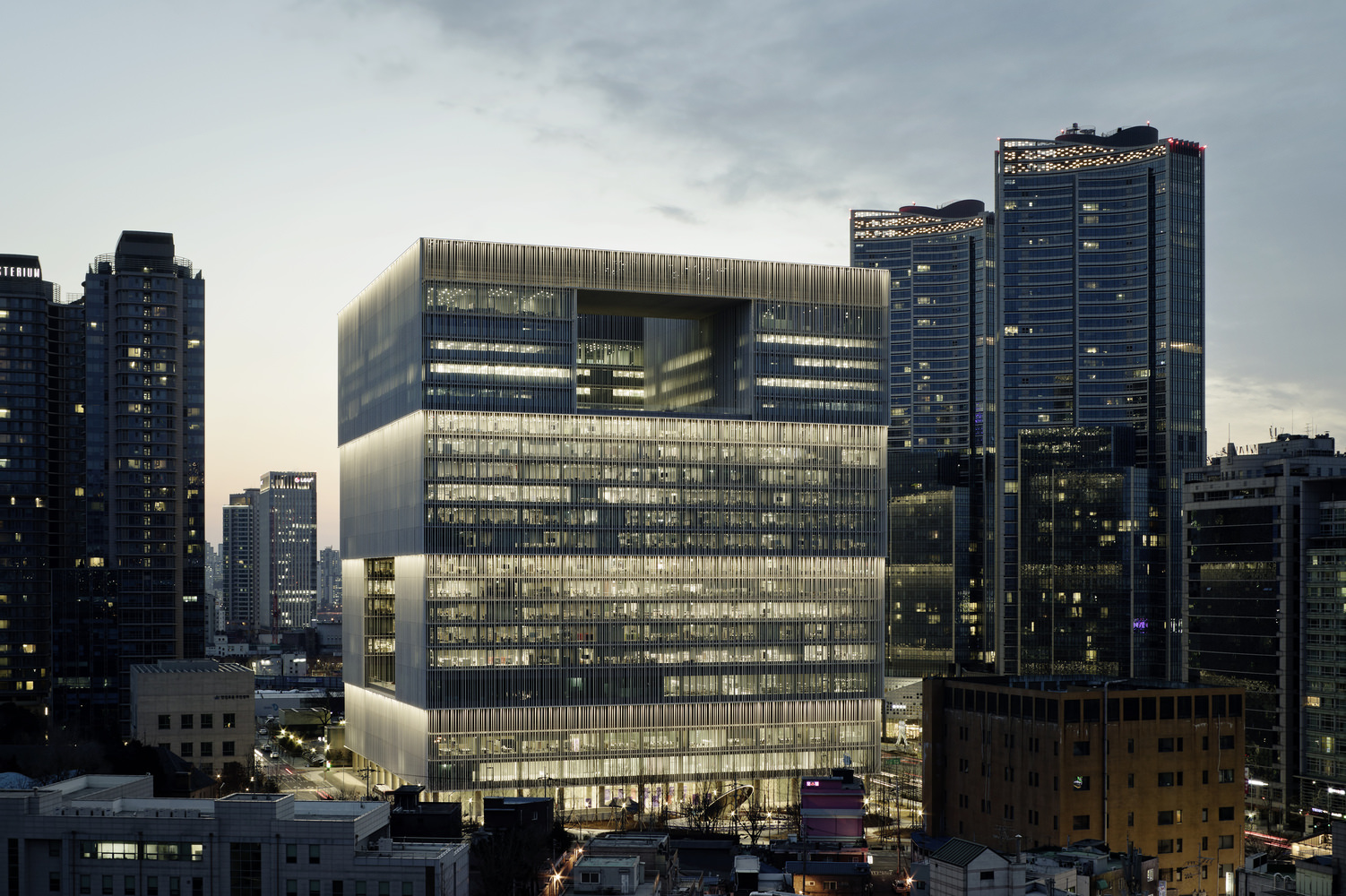Smart Interfaces: Buildings that adapt to the climate
When we talk about the facades of buildings, we mean the facades of any building that is between the interior and exterior of the building. They are the clearest, most prominent parts to look at in the building, and they protect the building from external factors, and it is one of the most important key elements in creating comfortable environments as they happen to gain or lose heat just like human skin. What are the smart interfaces?
Of course, losing heat or gaining heat is something very changing in our body, and therefore building facades must be smart enough as an essential part of the building that carries technology that is able to become adaptable to the environmental conditions of the place where it is located.
For this reason the term smart interfaces is increasingly mentioned. The interface can be considered smart when it adapts to environmental conditions and transforms itself simultaneously. This occurs through its components (passive or active), which adapt to different conditions, and respond to changes that occur outside and inside of the building.

When it comes to facades, the primary focus is on the equation for maximizing natural sunlight, protection from solar radiation, with ventilation control and heat input / output. These exchanges can occur through glazing, which can be considered intelligent when the light transmittance properties are changed due to electrical voltage, light or heat, which causes the glass to change its appearance and consequently change the intensity as well as some wavelengths of light.
This article talks about adaptive interfaces for a more flexible architecture featuring a variety of technologies that adapt to the environment. Although many of the solutions presented may seem like science fiction, there are already options available on the market for smart interfaces, with modern glasses that control light transmittance, transparency, and snow-melting phenomena, to make buildings smarter and ecologically. There are a set of solutions on the market for smart building facades:
Glass that changes its look when stimulated: SageGlass
It is an electric glass from Saint-Gobain. By adjusting the pressure applied to the glass sheet, it is possible to control its color and thus change the intensity of light, ultraviolet radiation, and infrared radiation traveling through these materials. That is, this dynamic glass allows building users to effectively control natural light and gain solar heat, which improves comfort and greatly reduces energy consumption. The dynamic glass dye is powered by an intelligent control system that uses sensors to color in automatically in response to lighting conditions. But it is also possible to control the appearance from a mobile phone. It is important to mention that the main benefit is the ability to maintain contact with the outside view through the glass.

PRIVA-LITE: Nevertheless, it is a unique solution in space management through immediate glazing control (transparency and clarity). It is an active glass that converts electricity into transparent without changing the light transmittance. Its main benefit, in particular, is to obtain privacy while maintaining access to natural light. The glass also provides dynamic projections of videos and photos, which turns the interface into a large screen.

Glass that provides heat to EGLAS indoors
It is a complete solution for invisible heating, which allows for more interior comfort, visible and thermal. And it was developed in 1986 in Finland, and of course, it is intended for cooler countries.
It is designed to provide heat from glass and is based on two factors: the electrical current and a layer of metal oxides, applied to one surface of the glass.
Depending on the type of application and the glass structure. In addition to helping to heat the room, it can also perform functions of preventing condensation and even thawing.

Self-cleaning glass
Self-cleaning glass is a reality as well. A transparent layer of hydrophilic and hydrophobic mineral material is applied during the manufacturing process, allowing the glass to use the power of ultraviolet radiation, which is present in sunlight, and rain, to effectively control the dirt that accumulates on the outside of the windows. Exposure to ultraviolet light leads to the decomposition of organic dirt and makes the surface of the glass waterproof. Rain (or water) forms a layer through the glass and rinses off organic dirt and mineral substances.
For the facade, the main benefit is maintenance, as the idea is to reduce the need for cleaning in half, and to reduce the cost of scaffolding, cranes, or all the dangerous operations that involve cleaning up the facades of high-rise buildings.
It is important to note that, despite the technological advances in terms of facades. Many gains in terms of sustainability can be achieved through careful design and selection of materials that are suitable for climate and the environment. A combination of traditional and smart systems and materials can enhance the comfort and efficiency of the building.
Read also: Recycle materials



 العربية
العربية